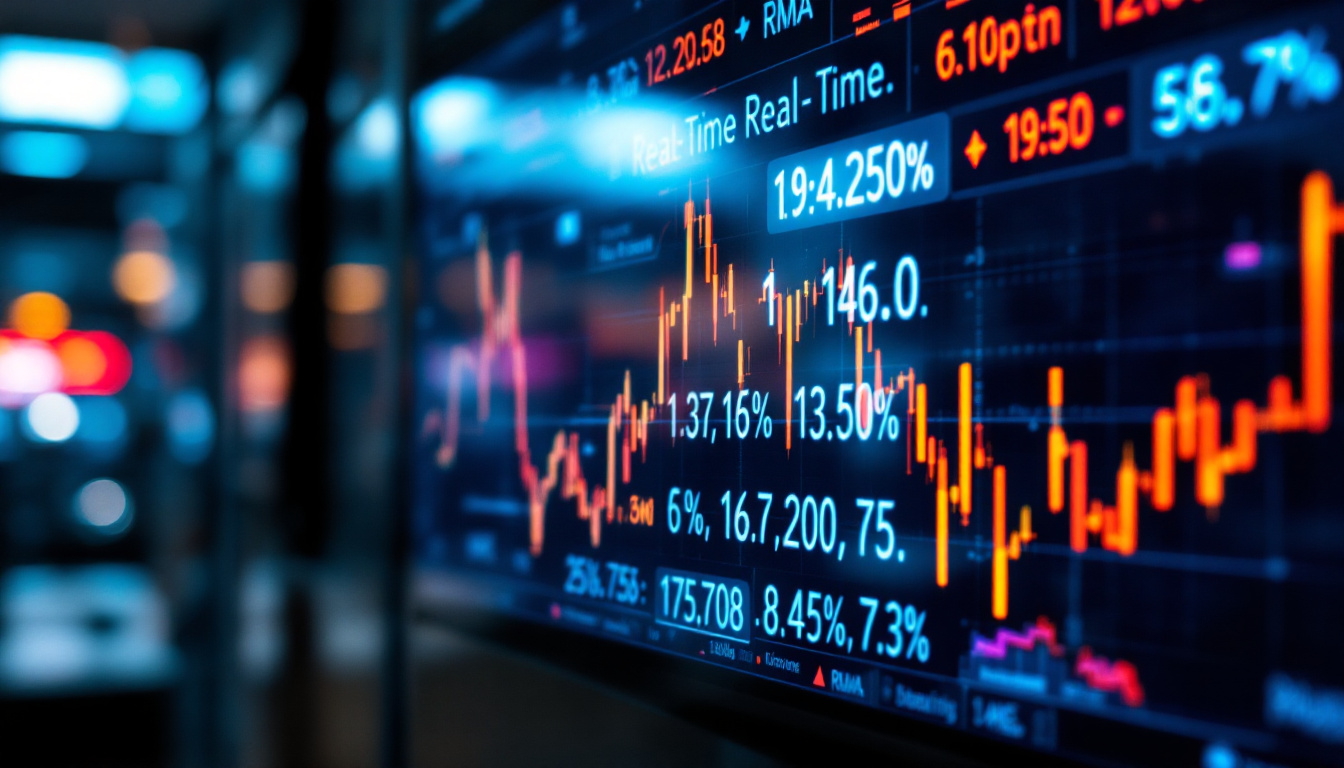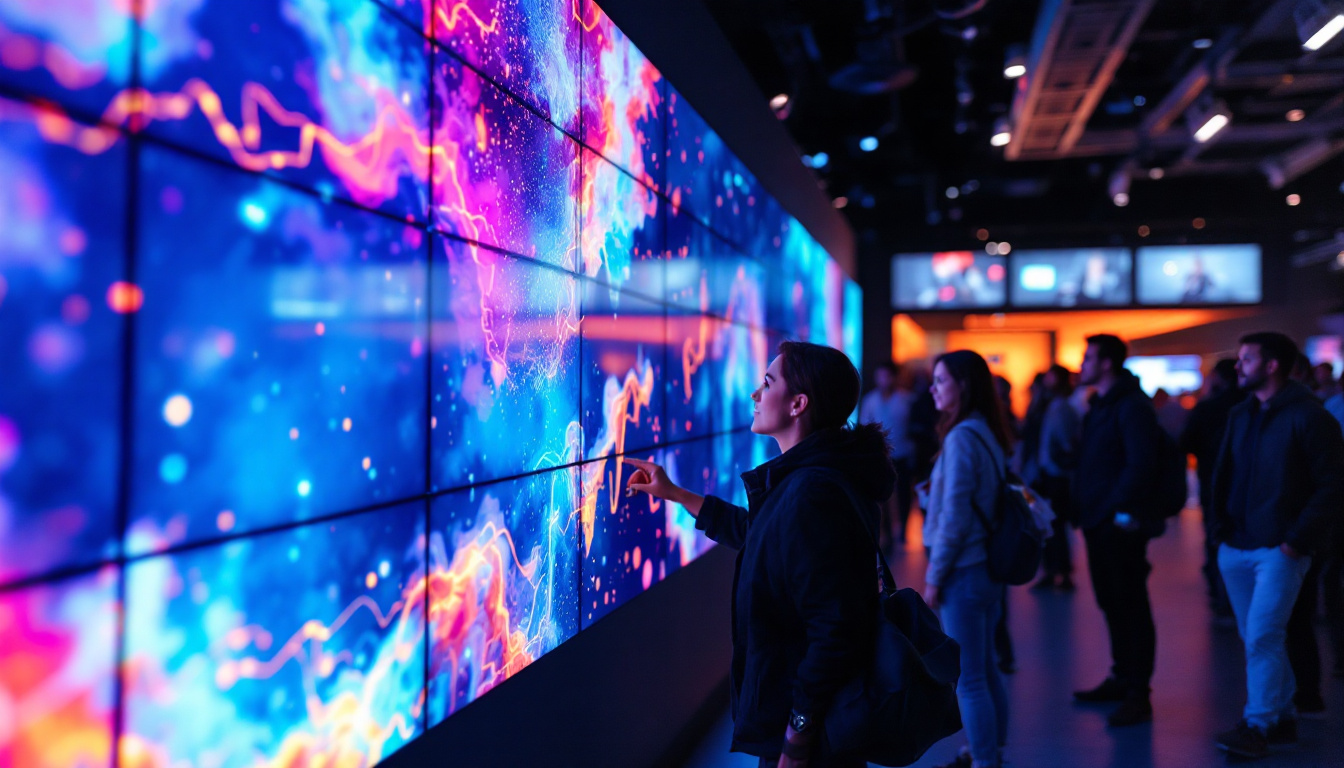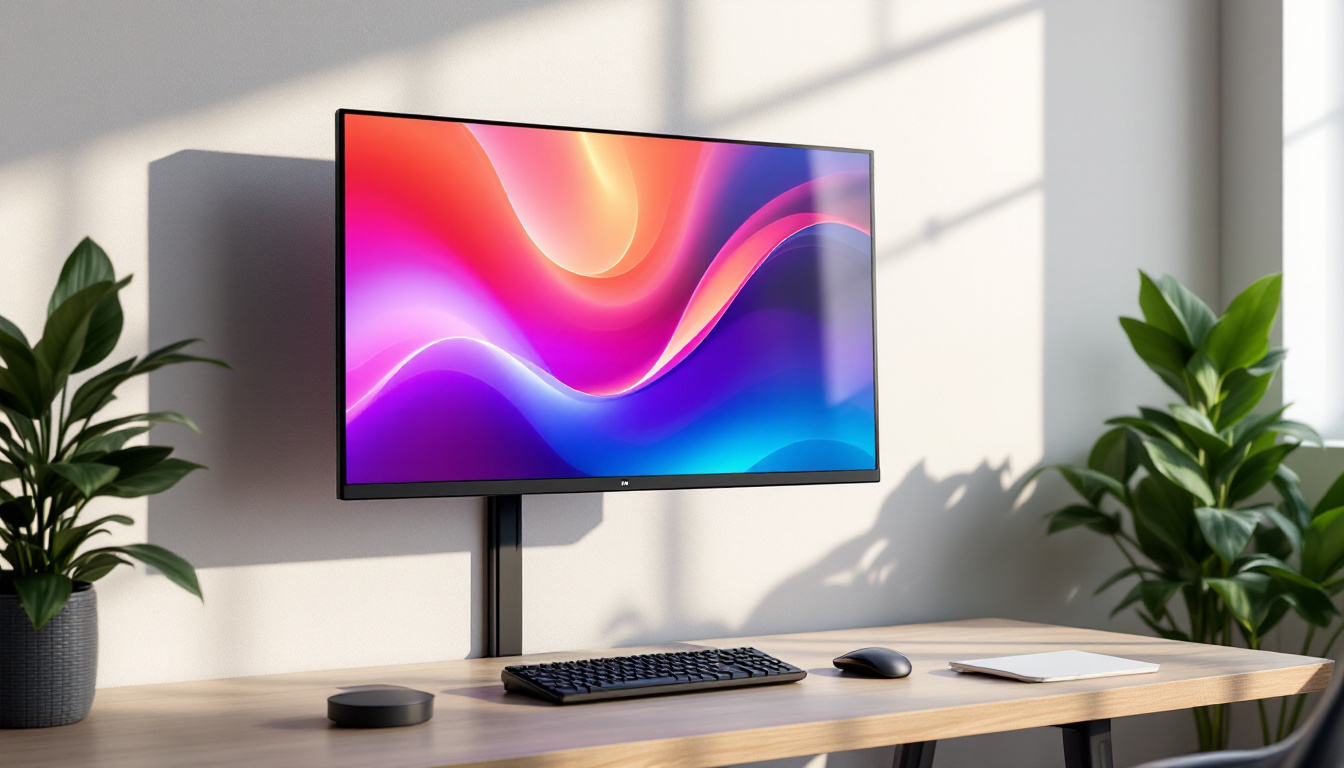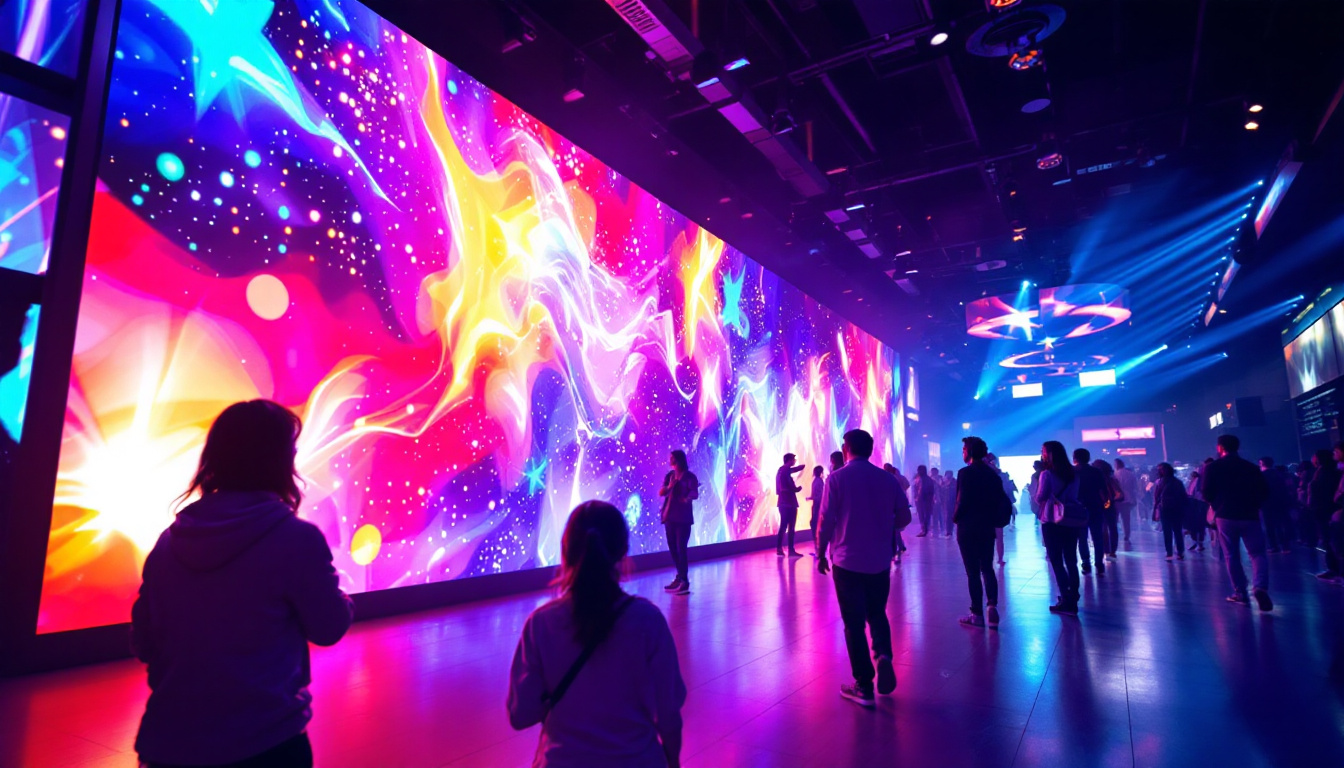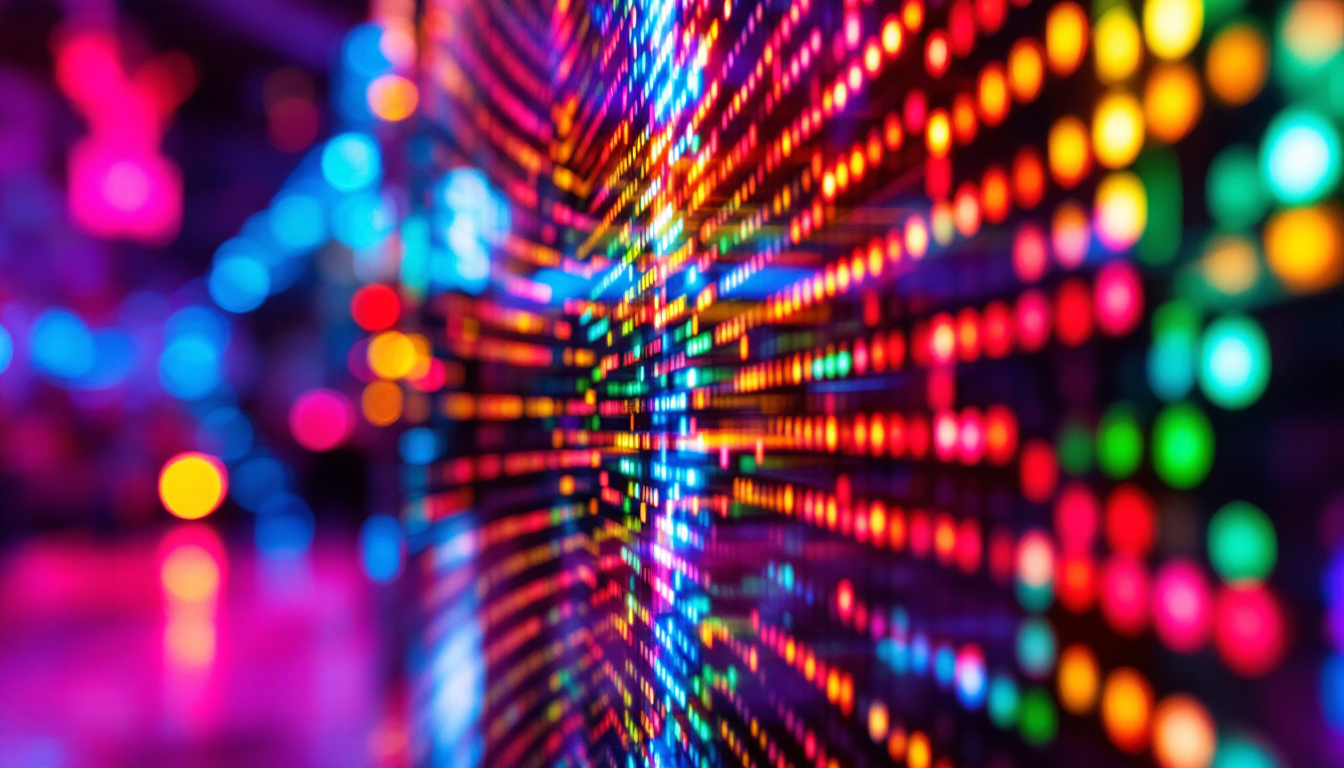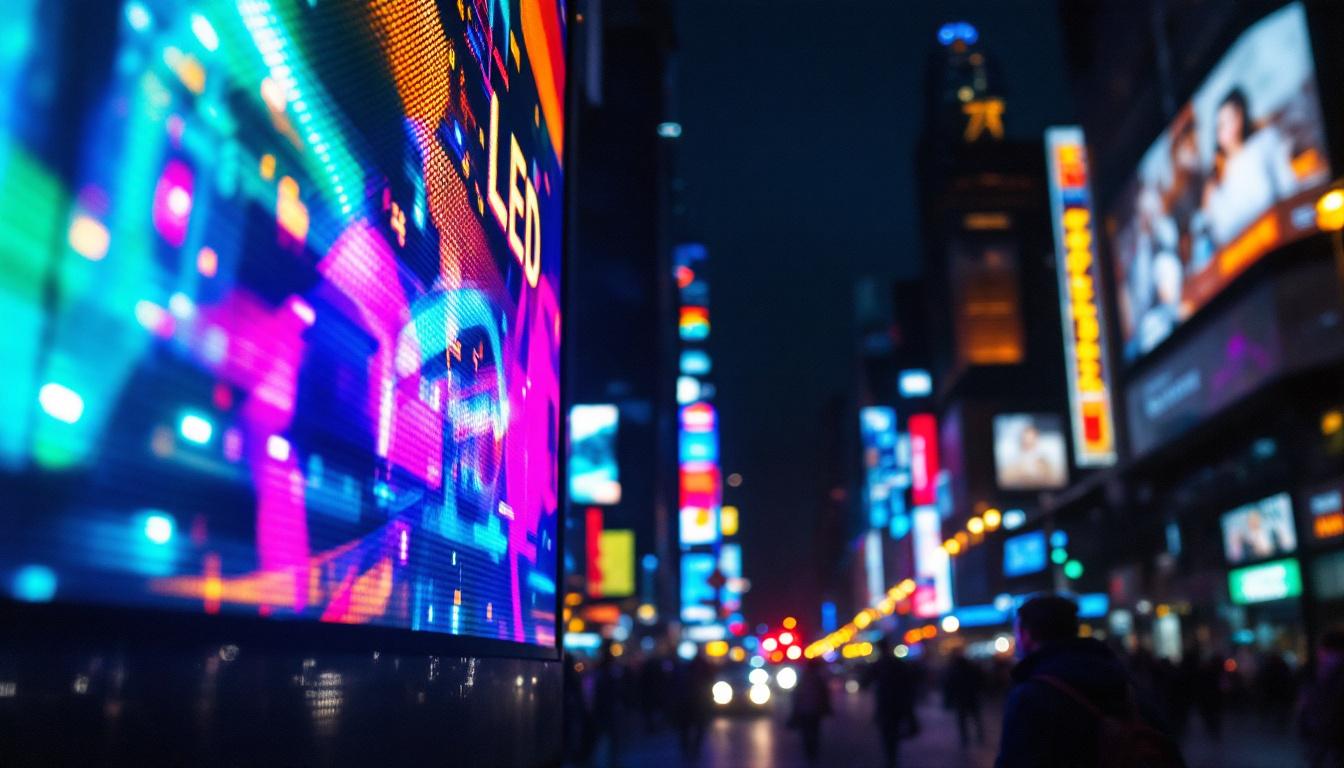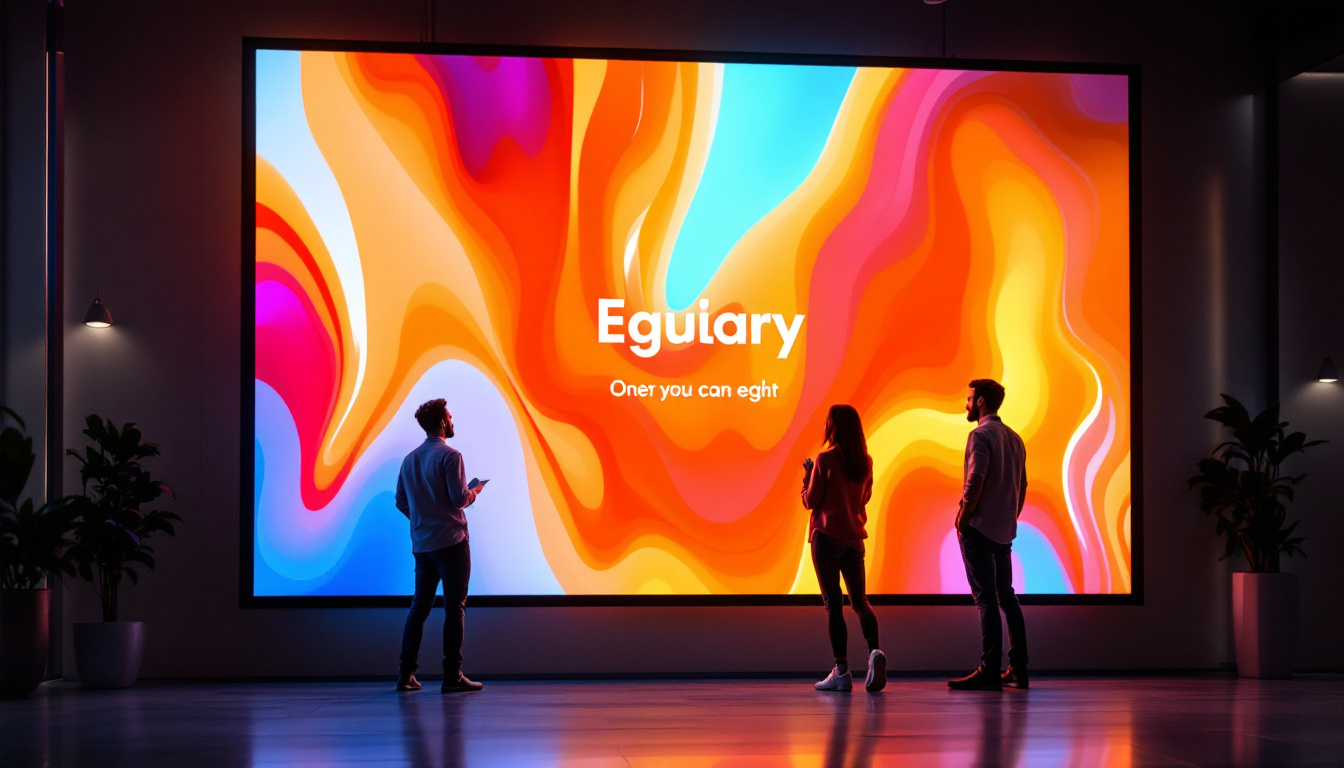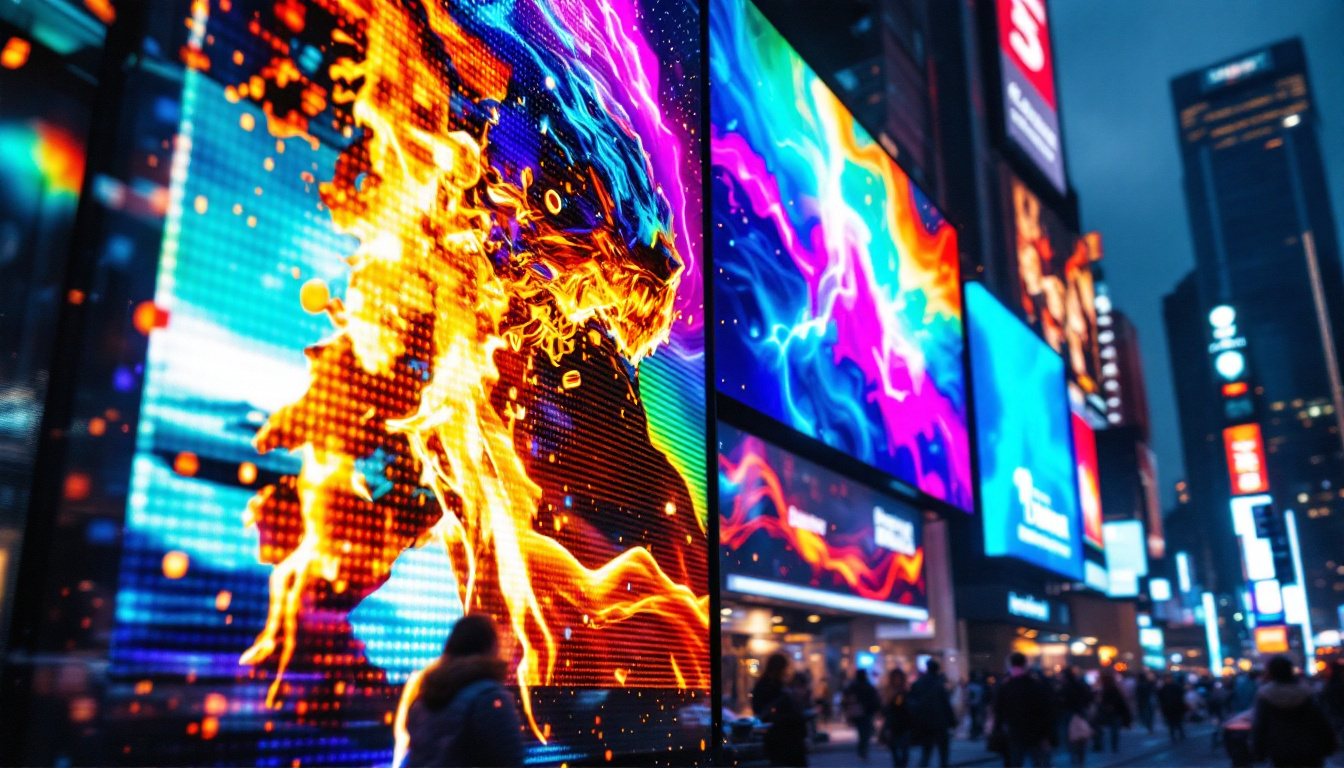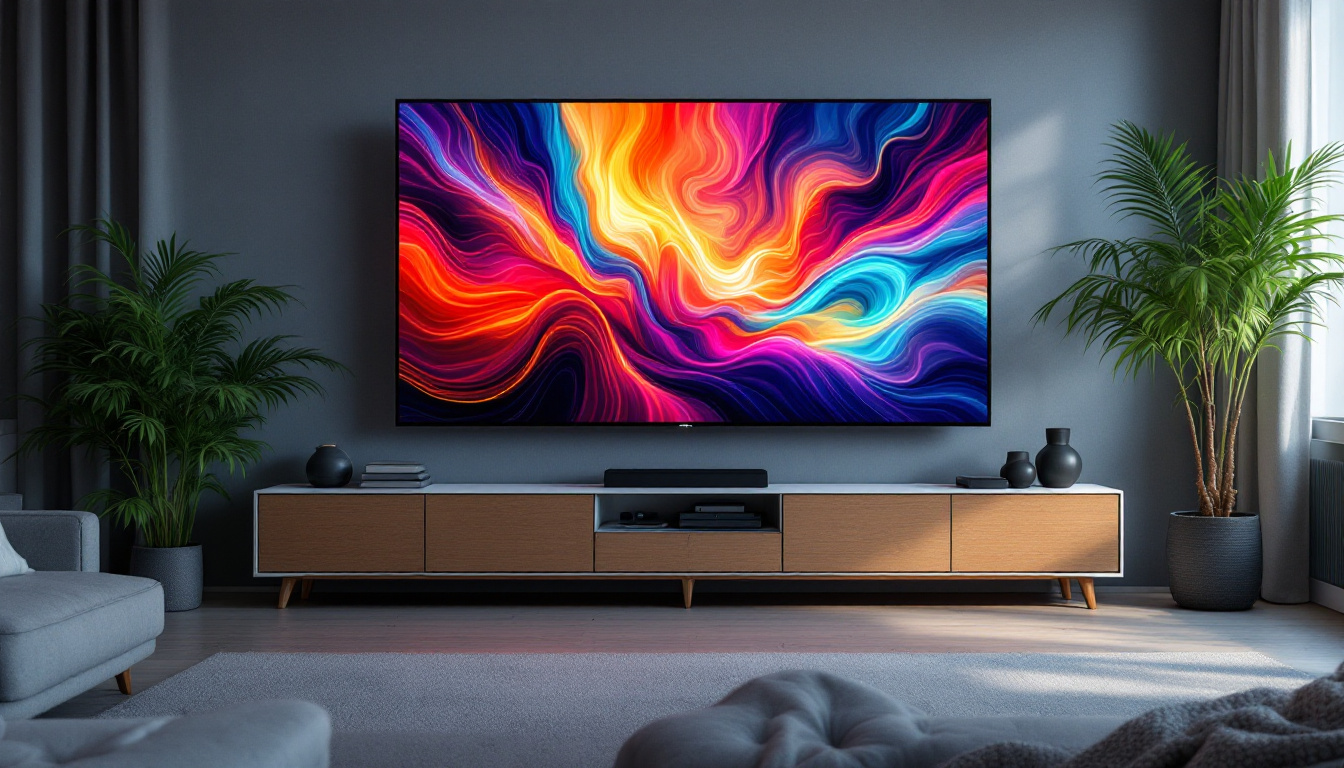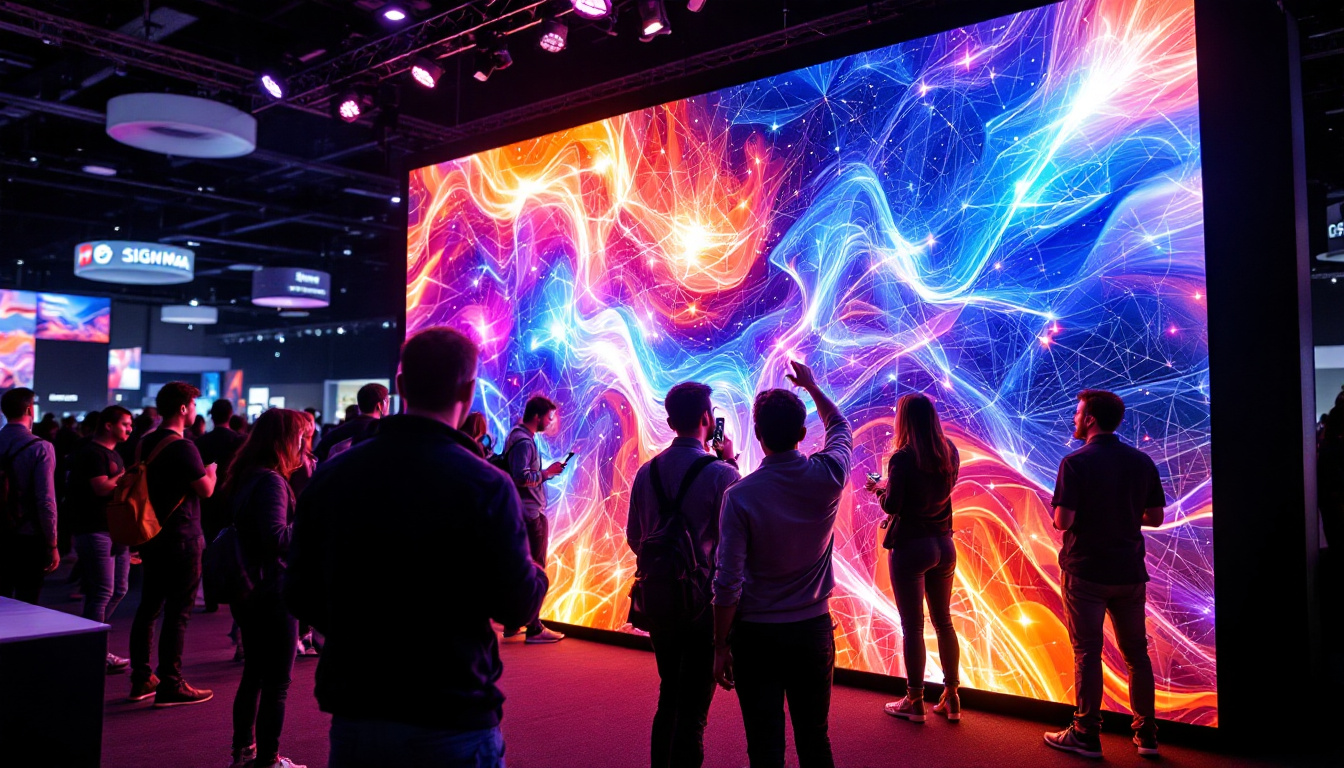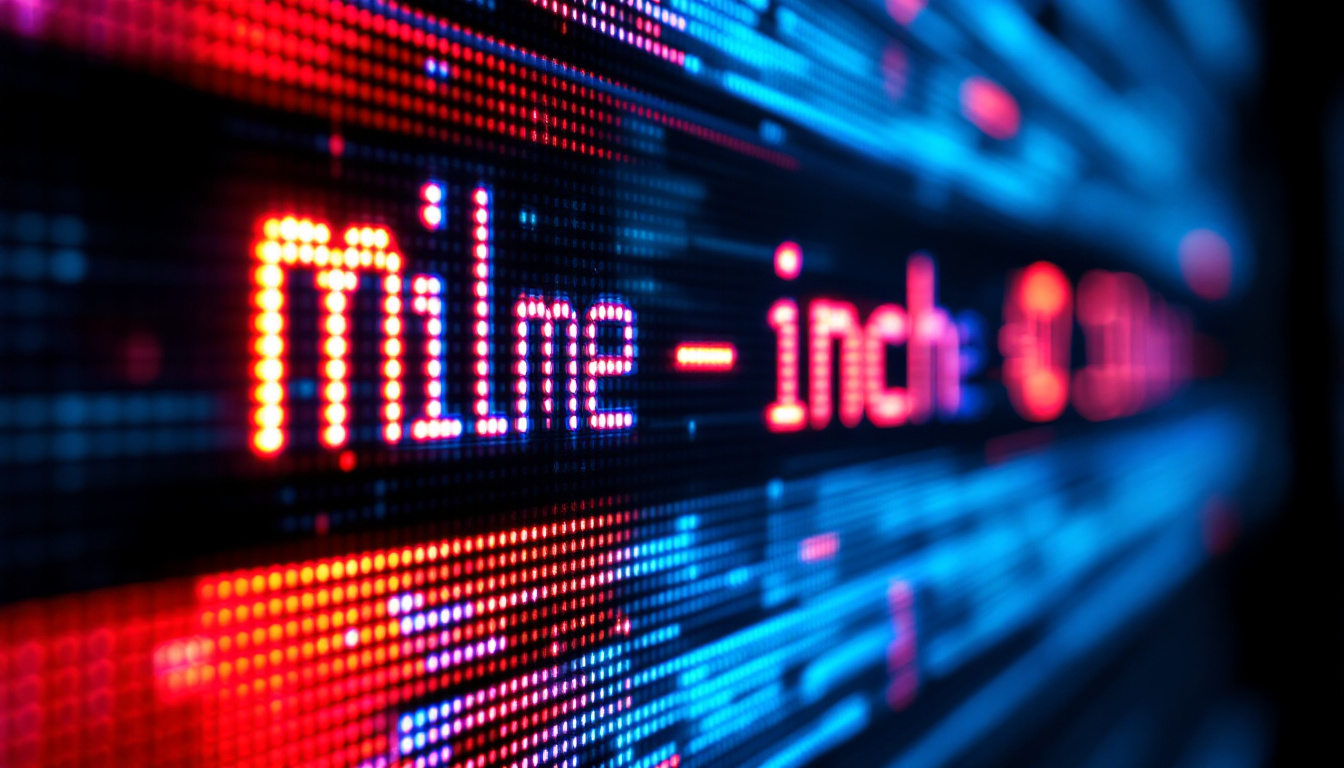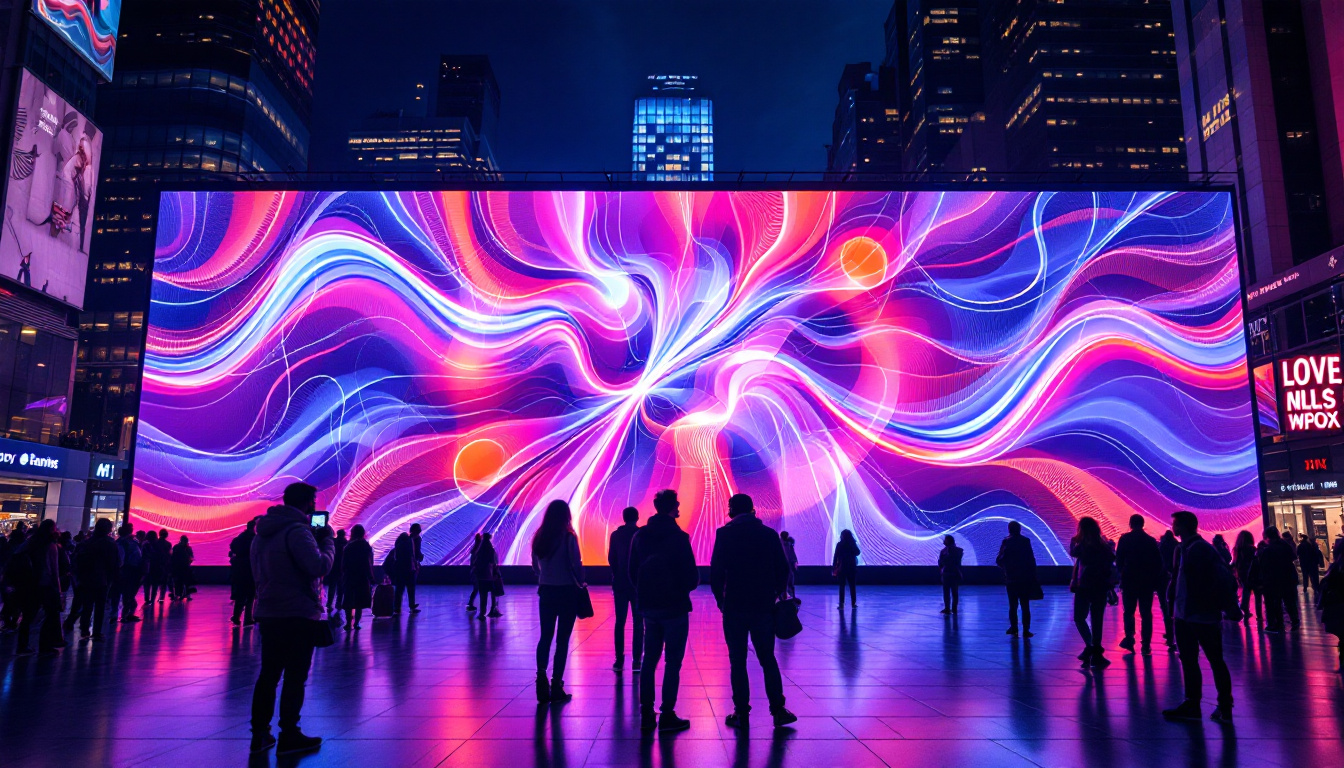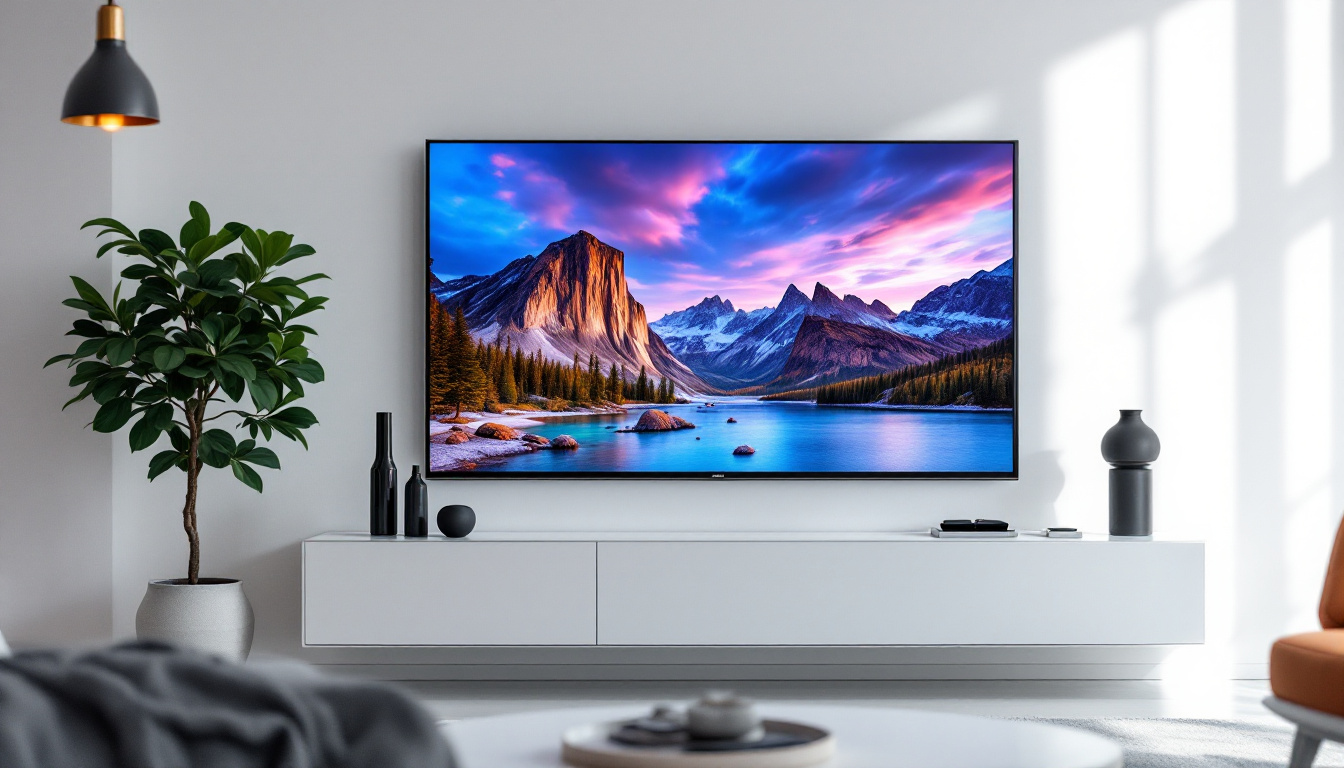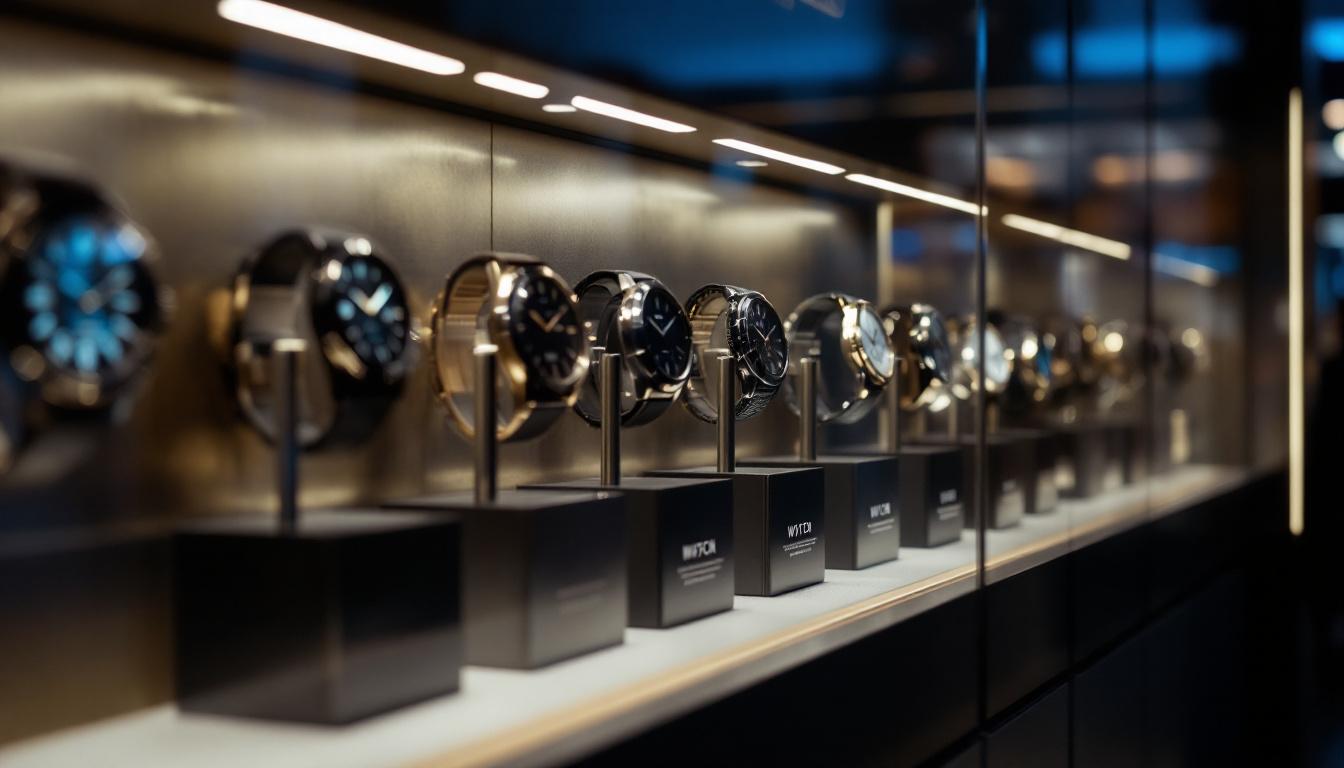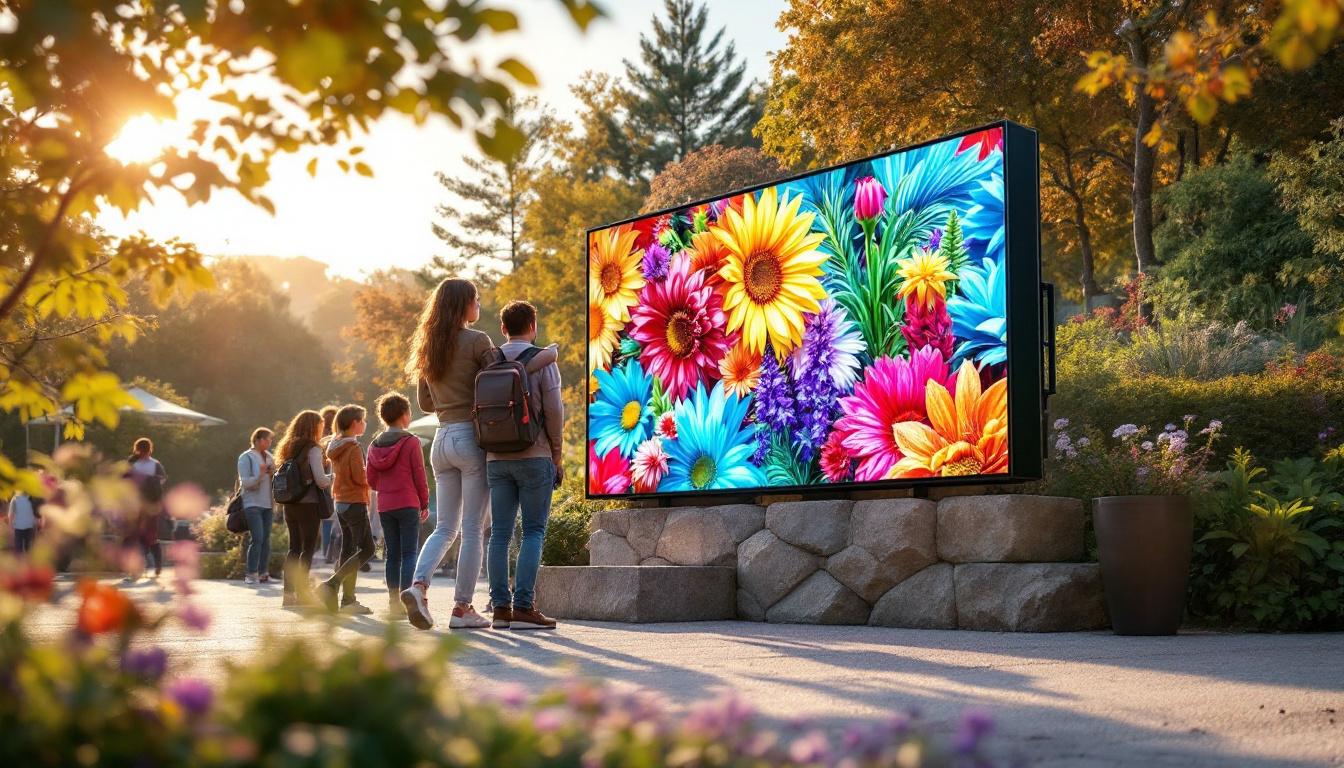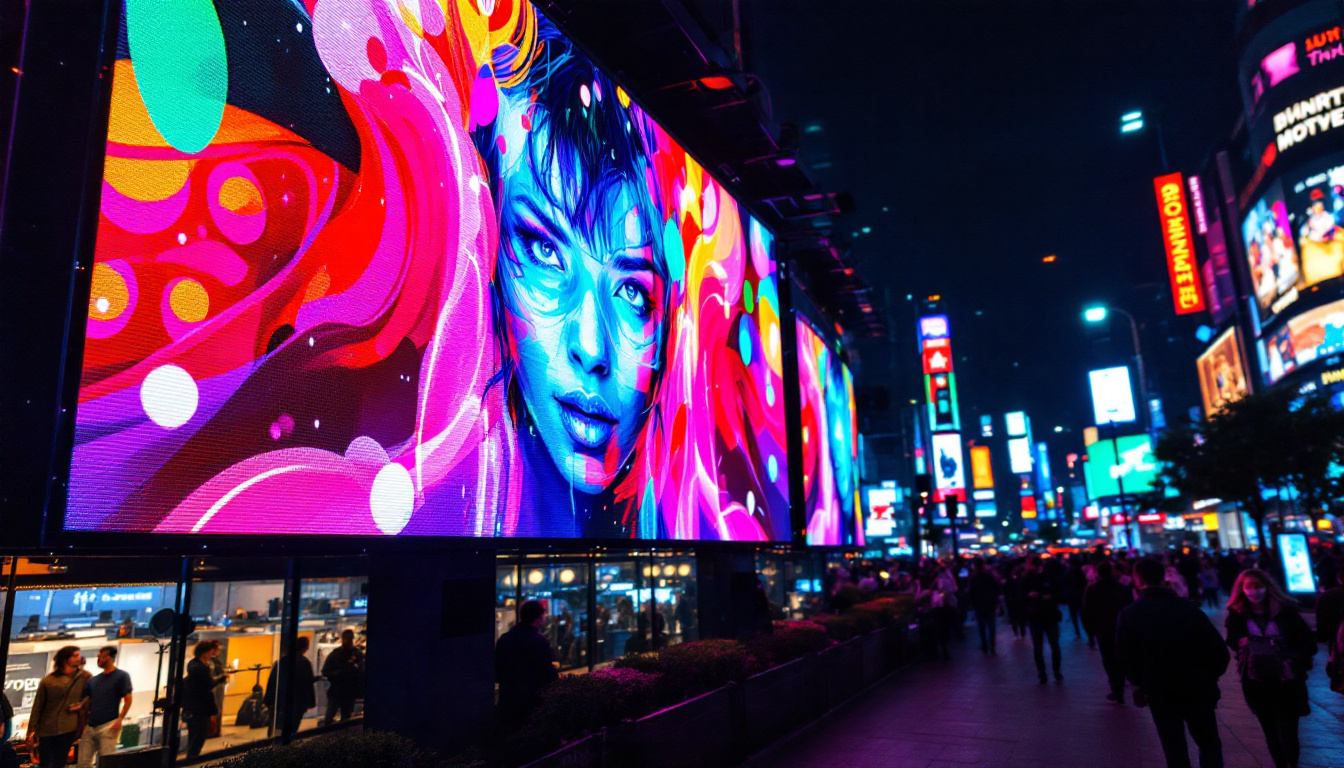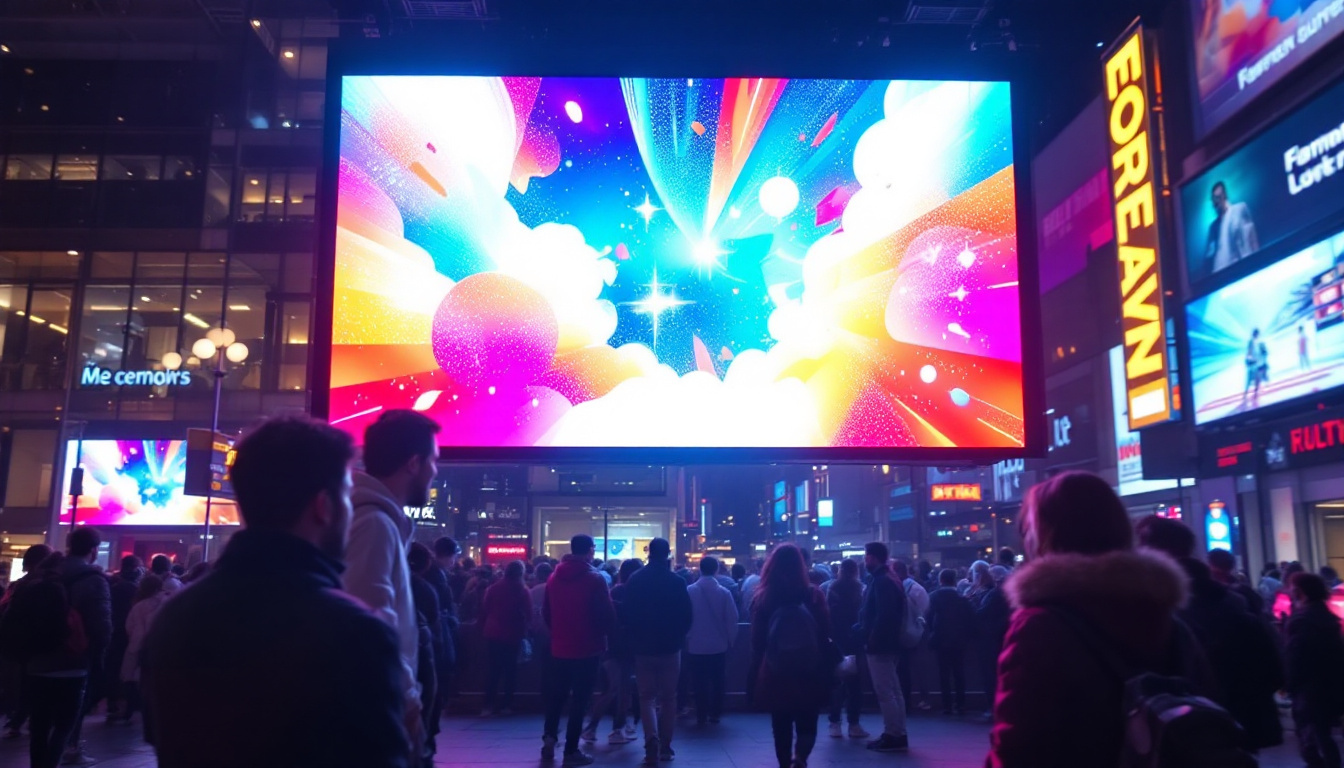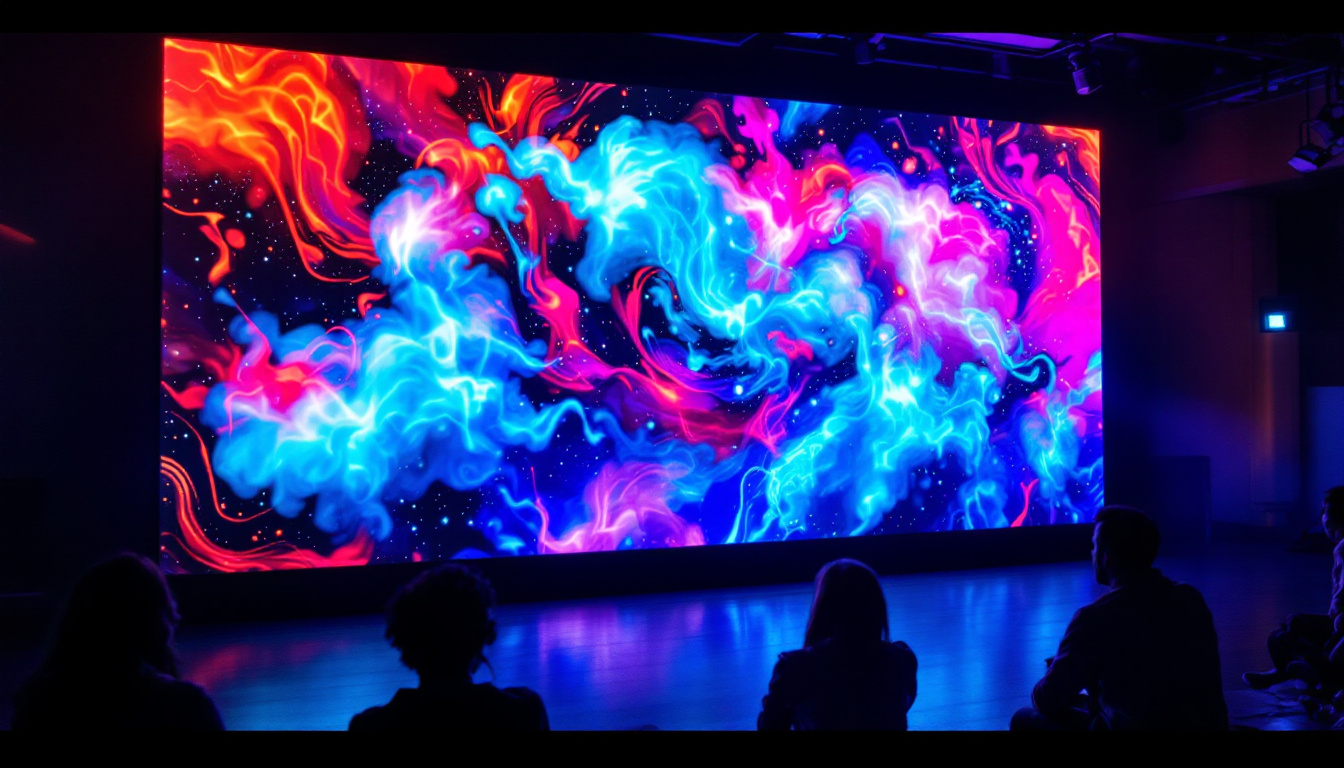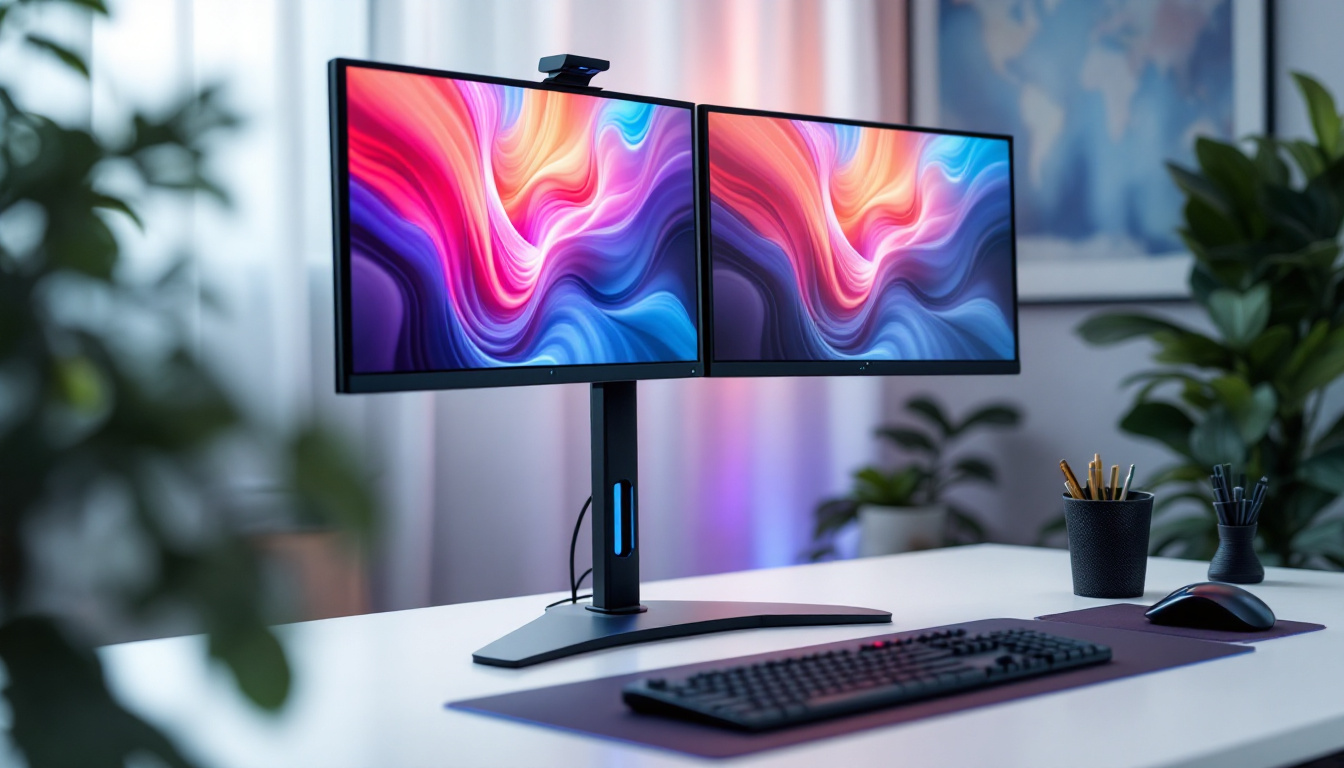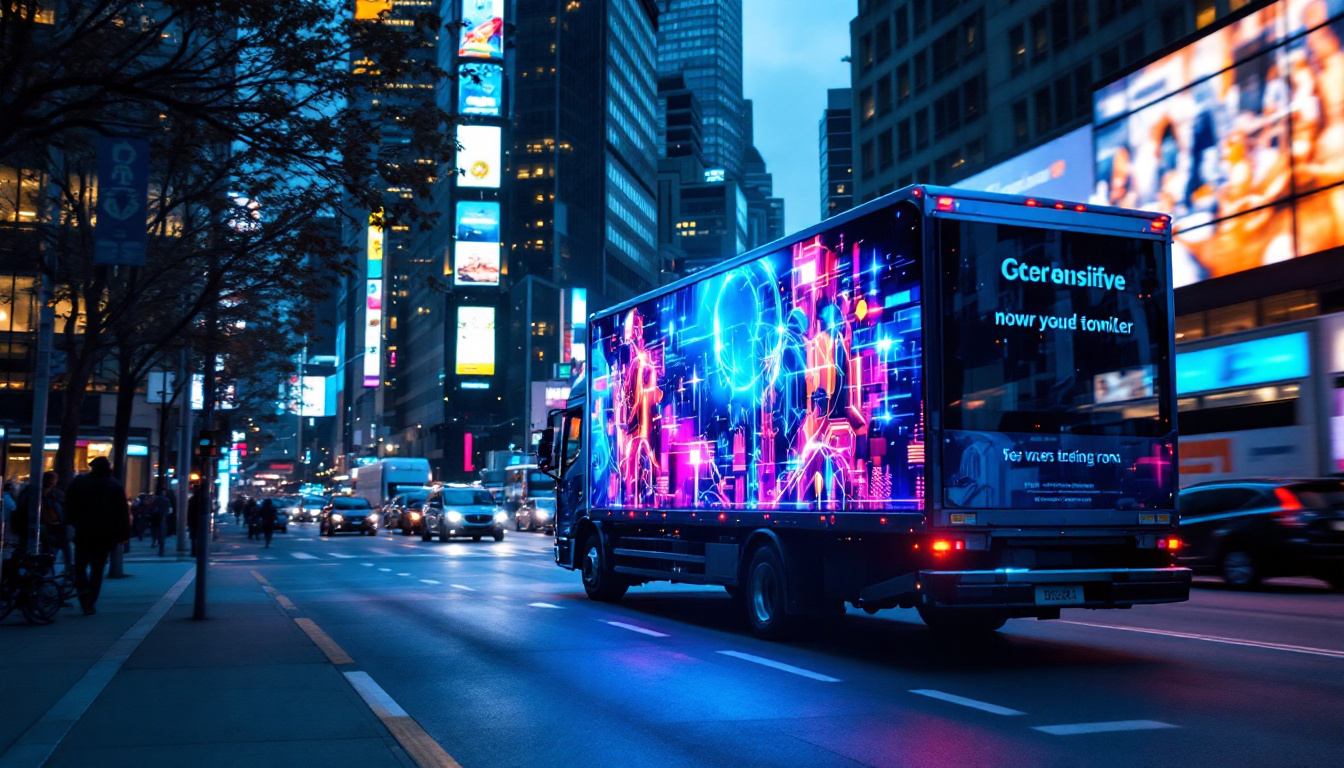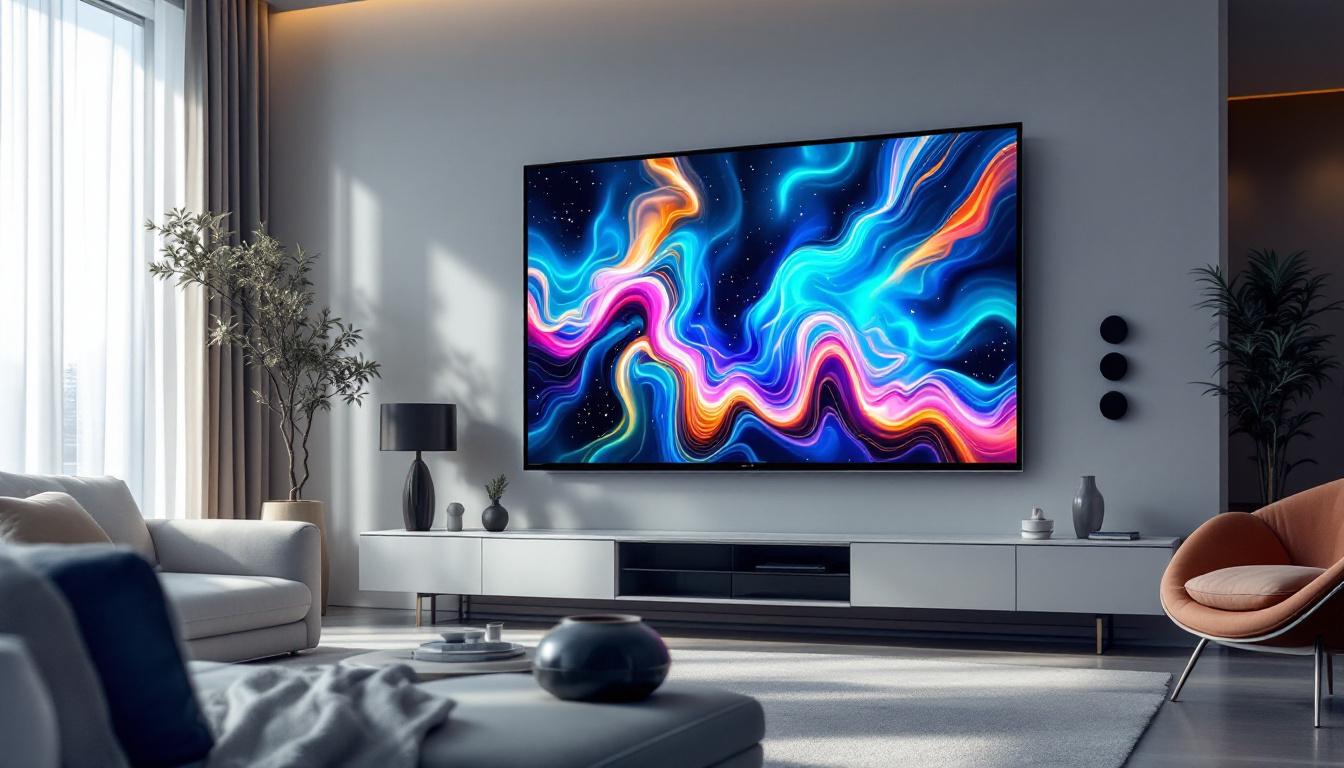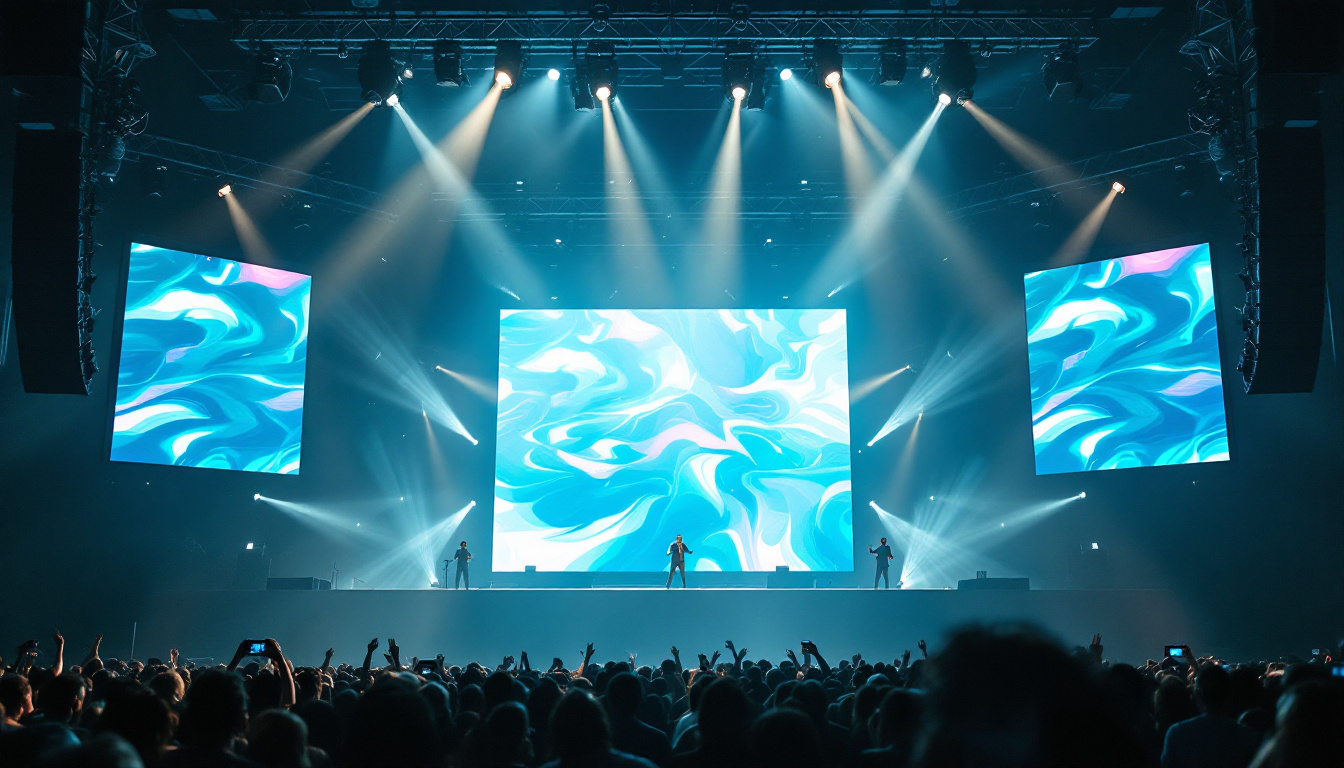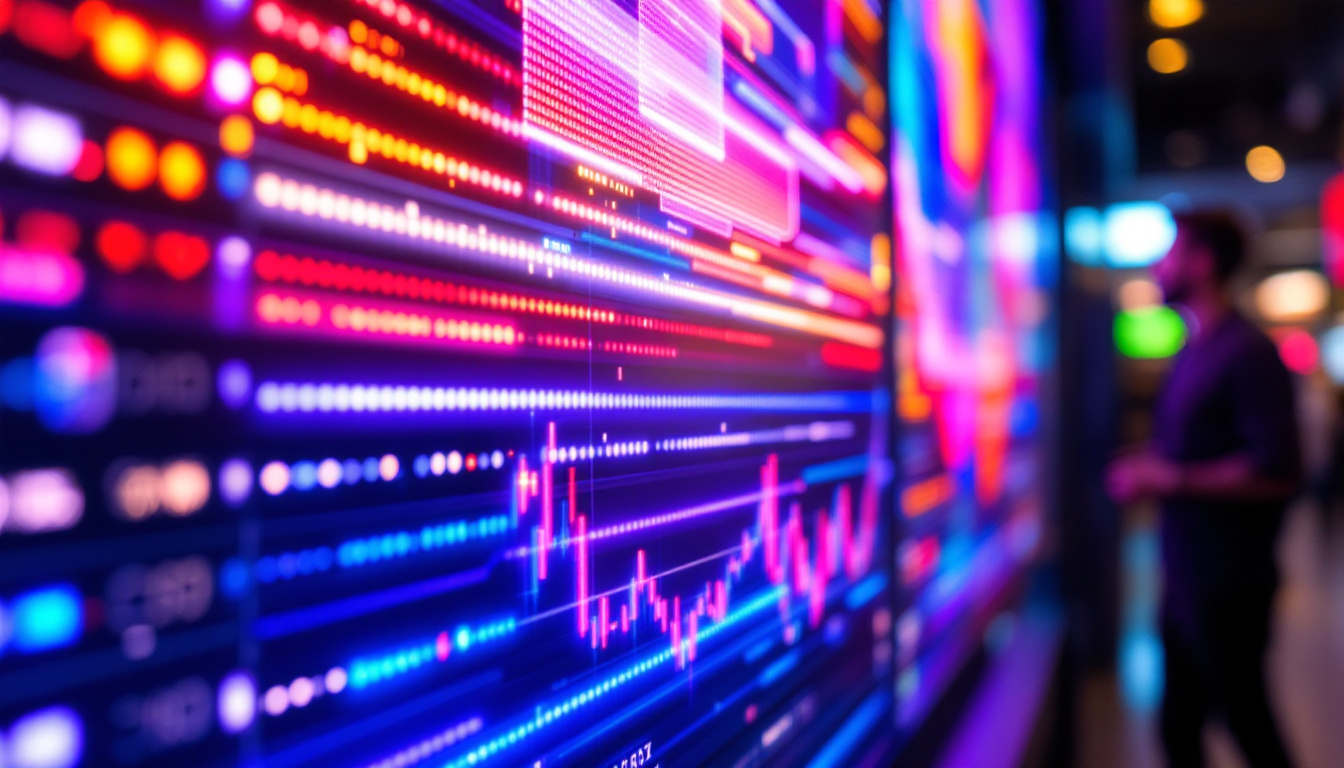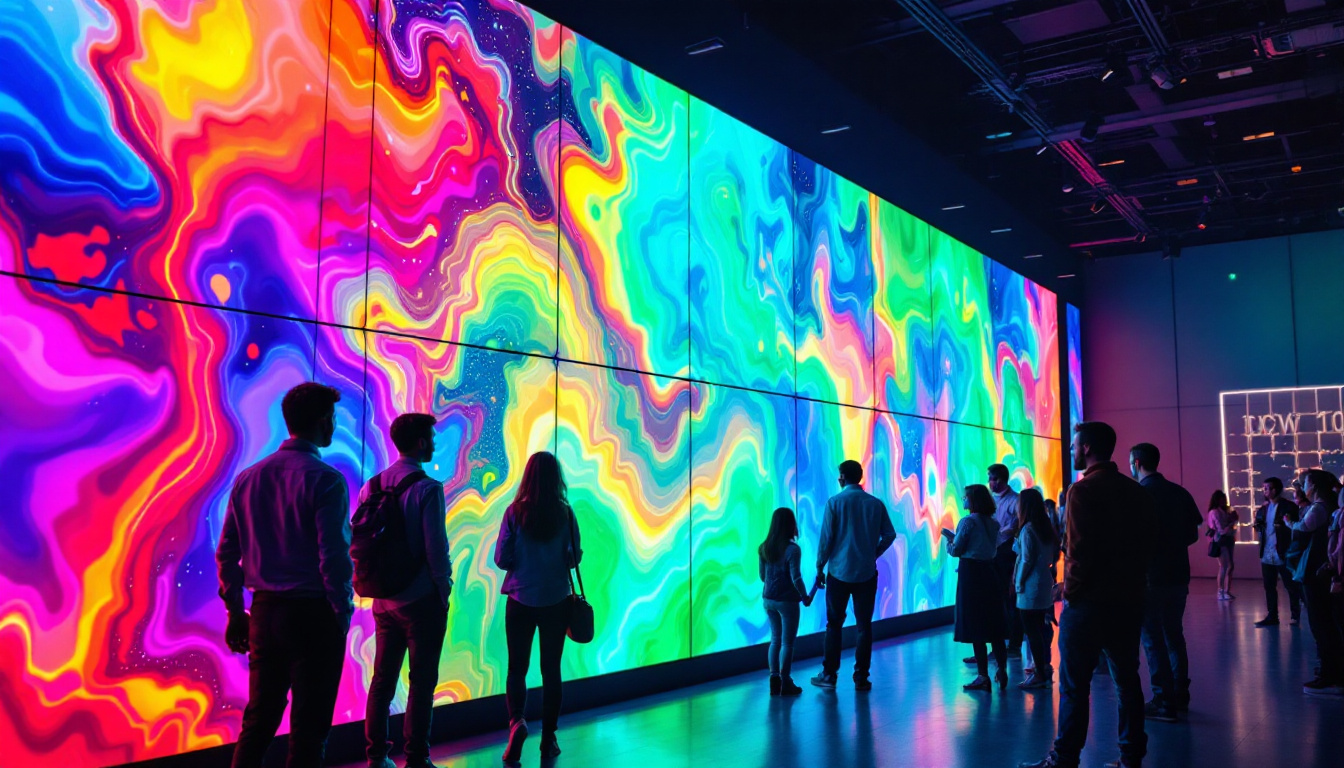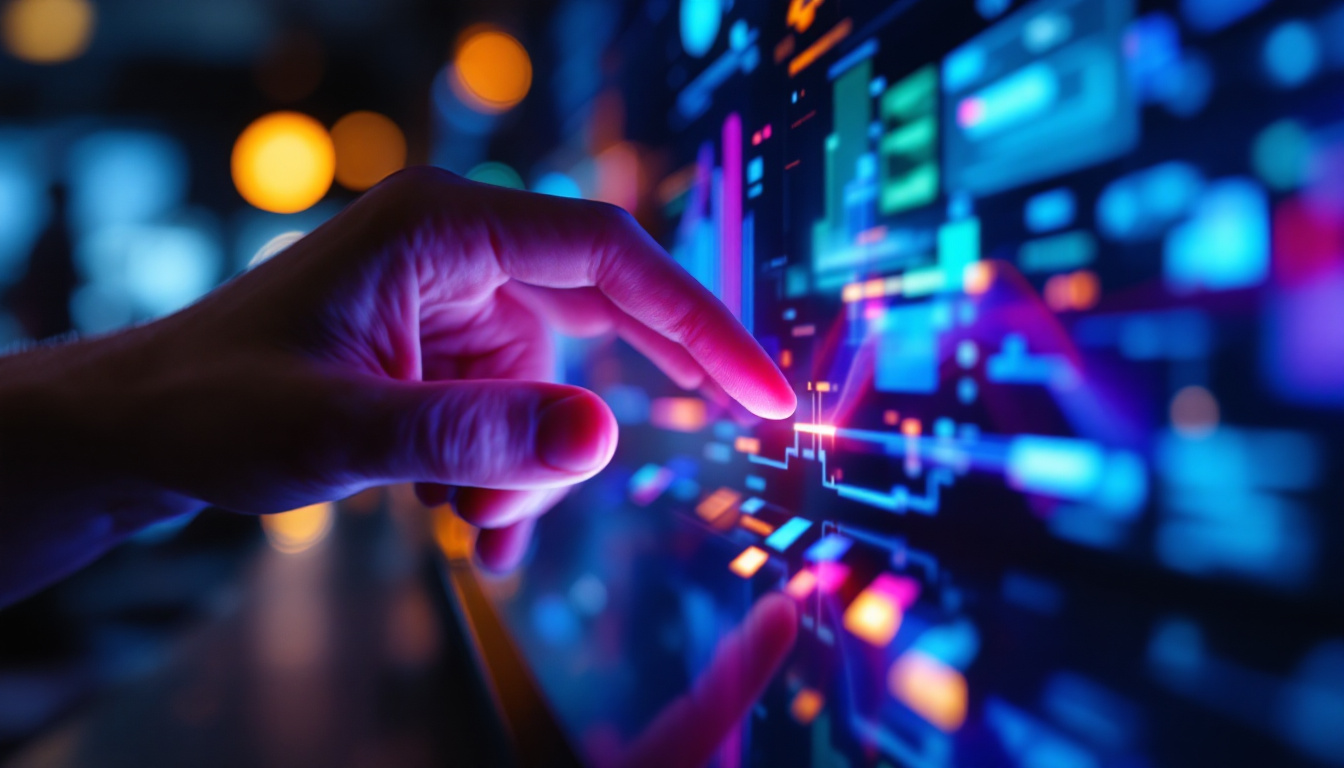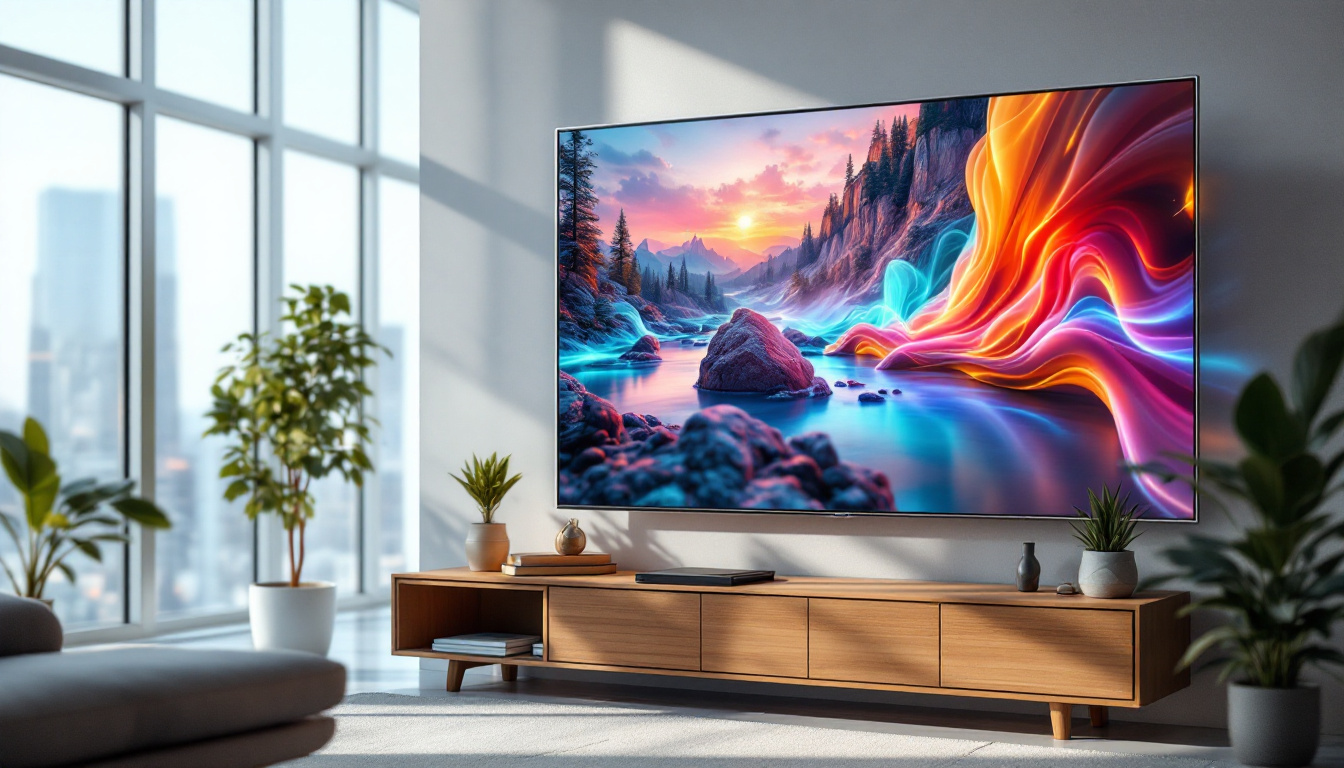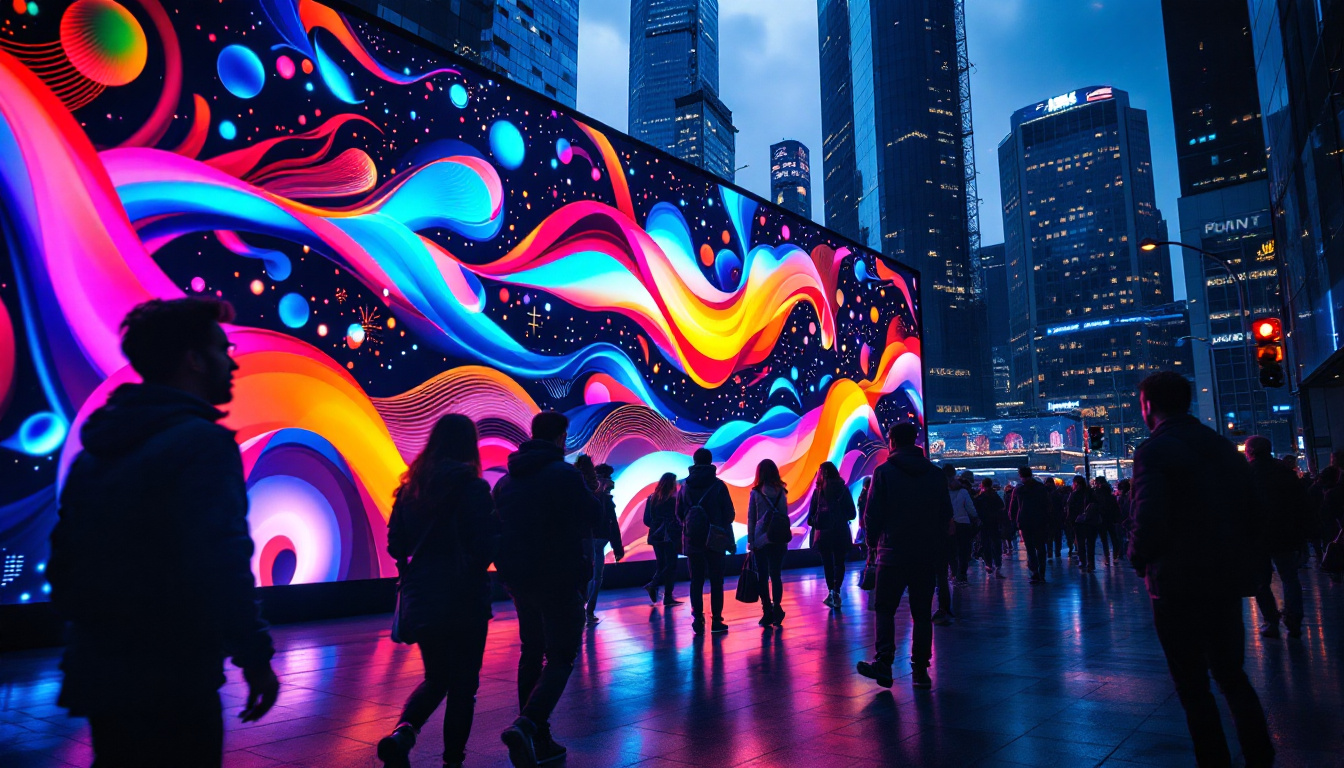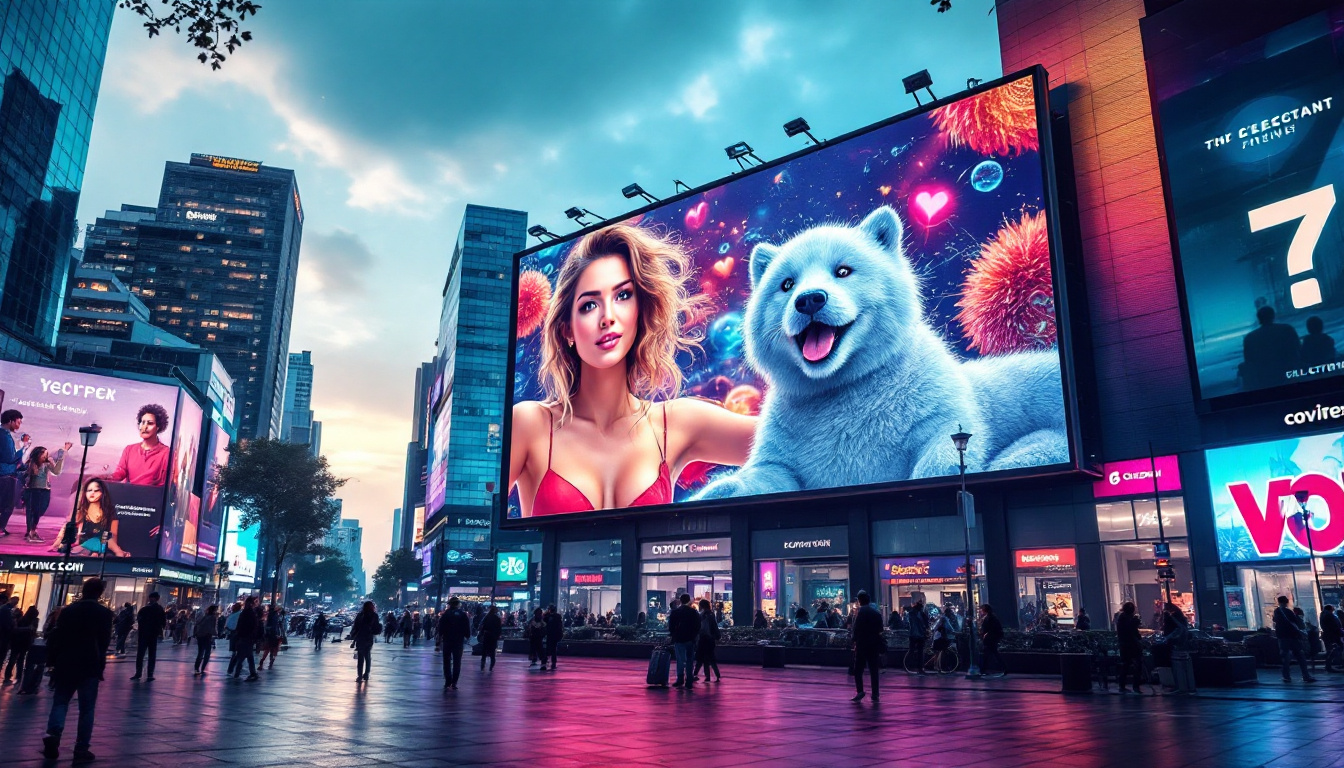In the fast-paced world of logistics and supply chain management, tracking products efficiently is crucial for maintaining customer satisfaction and operational effectiveness. One of the most innovative solutions for tracking is the RMA (Return Merchandise Authorization) tracking system, which has gained significant traction in recent years. This article delves into the intricacies of RMA tracking, particularly focusing on the role of LED displays in enhancing the tracking experience.
Understanding RMA Tracking
RMA tracking is a process that allows businesses to monitor the return of products from customers. When a customer is dissatisfied with a product, they initiate an RMA process, which involves obtaining authorization to return the item. This system not only streamlines returns but also provides valuable data to businesses regarding product performance and customer satisfaction.
The Importance of RMA Tracking
Effective RMA tracking is essential for several reasons. First, it helps businesses manage inventory more efficiently. By understanding the volume and reasons for returns, companies can adjust their inventory strategies accordingly. This data can also inform product development, allowing businesses to identify recurring issues and improve product quality.
Second, RMA tracking enhances customer service. Customers appreciate transparency and timely updates regarding their returns. A well-implemented RMA tracking system can provide real-time updates, ensuring customers are informed throughout the return process. This level of communication fosters trust and loyalty, which are invaluable in today’s competitive market.
Key Components of RMA Tracking Systems
An effective RMA tracking system typically includes several key components. These include a user-friendly interface for customers to initiate returns, a robust database for tracking returns, and integration with shipping carriers to provide real-time updates. Additionally, many systems offer analytics tools that help businesses assess return trends and customer feedback.
Moreover, automation plays a significant role in modern RMA tracking systems. Automated notifications can inform customers about the status of their return, while also updating inventory levels in real-time. This reduces the workload on customer service representatives and allows them to focus on more complex inquiries.
In addition to these features, many RMA tracking systems incorporate machine learning algorithms that analyze past return data to predict future trends. This predictive capability can help businesses anticipate spikes in returns due to seasonal changes or product launches, enabling them to prepare accordingly. Furthermore, integrating customer feedback into the RMA process can provide insights into why products are being returned, allowing companies to address underlying issues proactively.
Another critical aspect of RMA tracking is its ability to generate reports that highlight return metrics over time. These reports can reveal patterns such as which products have the highest return rates and the common reasons for those returns. By leveraging this information, businesses can make informed decisions about product design, marketing strategies, and customer education, ultimately leading to a reduction in return rates and an increase in overall customer satisfaction.
The Role of LED Displays in RMA Tracking
LED displays have become an integral part of RMA tracking systems, providing a visual representation of data that is easy to understand. These displays can be used in various settings, from warehouses to retail locations, enhancing the visibility of return processes and improving overall efficiency.
Enhancing Visibility and Communication
One of the primary advantages of using LED displays in RMA tracking is their ability to enhance visibility. In a busy warehouse, for example, an LED display can show real-time data on the status of returned items, including their location within the facility and the expected processing time. This immediate access to information helps warehouse staff prioritize their tasks and streamline operations.
Additionally, LED displays can serve as a communication tool between different departments. For instance, if a customer service representative needs to check on the status of a return, they can quickly glance at the LED display to obtain the necessary information without having to sift through multiple systems. This efficiency not only saves time but also reduces the likelihood of errors.
Improving Customer Experience
For customers, LED displays can significantly enhance the return experience. Many businesses are now integrating LED displays into their retail environments, allowing customers to see real-time updates on their return status. This transparency can alleviate anxiety and frustration, as customers are kept informed about when they can expect their refunds or exchanges.
Moreover, LED displays can be used to showcase return policies and procedures, ensuring that customers have a clear understanding of the process before initiating a return. This proactive approach can lead to fewer misunderstandings and a smoother return experience overall.
Implementing LED Displays in RMA Tracking
While the benefits of LED displays in RMA tracking are clear, implementing this technology requires careful planning and execution. Businesses must consider several factors to ensure a successful integration.
Choosing the Right Technology
The first step in implementing LED displays for RMA tracking is selecting the right technology. Businesses should evaluate their specific needs, including the size of their operations, the volume of returns, and the type of information they want to display. There are various types of LED displays available, from basic models that show static information to more advanced options that can display dynamic data and graphics.
Additionally, compatibility with existing systems is crucial. The LED display should seamlessly integrate with the RMA tracking software and any other relevant systems, such as inventory management and customer relationship management (CRM) tools. This integration will ensure that the data displayed is accurate and up-to-date.
Training Staff and Customers
Once the technology is in place, training staff and customers on how to use the LED displays is essential. Employees should be well-versed in the functionality of the displays and how to interpret the information presented. This knowledge will empower them to assist customers more effectively and address any questions or concerns that may arise.
For customers, clear signage and instructions should accompany the LED displays. This can include tutorials on how to check the status of their returns or explanations of the information displayed. By providing this guidance, businesses can enhance the customer experience and encourage the use of the technology.
Case Studies: Successful Implementation of LED Displays in RMA Tracking
Several companies have successfully integrated LED displays into their RMA tracking processes, leading to improved efficiency and customer satisfaction. These case studies provide valuable insights into best practices and the potential benefits of this technology.
Case Study 1: Retail Giant
A well-known retail giant implemented LED displays in its return processing centers to improve visibility and communication. The displays showed real-time data on the status of returns, including the number of items being processed and the average time for completion. As a result, the company reported a 30% reduction in processing times and a significant increase in customer satisfaction ratings.
By providing customers with immediate access to information, the retail giant was able to enhance the overall return experience, leading to increased loyalty and repeat business. The success of this implementation demonstrated the value of investing in technology to streamline operations.
Case Study 2: E-Commerce Platform
An e-commerce platform also adopted LED displays to enhance its RMA tracking system. The company integrated the displays into its customer service areas, allowing representatives to quickly access return status information. This led to a 40% decrease in customer inquiries related to return statuses, freeing up staff to focus on more complex issues.
Furthermore, customers visiting the physical store locations were able to view their return statuses on the LED displays, which significantly improved their experience. The e-commerce platform reported a notable increase in positive feedback regarding its return process, highlighting the effectiveness of the LED display integration.
Future Trends in RMA Tracking and LED Displays
The landscape of RMA tracking is continually evolving, with advancements in technology paving the way for more efficient and customer-friendly processes. As businesses look to the future, several trends are emerging that could shape the next generation of RMA tracking systems.
Integration with IoT and AI
One of the most exciting trends is the integration of Internet of Things (IoT) technology and artificial intelligence (AI) into RMA tracking systems. IoT devices can provide real-time data on product conditions during transit, allowing businesses to monitor returns more effectively. AI can analyze this data to identify patterns and predict potential issues, enabling proactive measures to be taken.
When combined with LED displays, this technology could revolutionize the way businesses track returns. For instance, a display could show not only the status of a return but also insights into the reasons behind the return, helping businesses make informed decisions about product improvements.
Enhanced Customer Engagement
As customer expectations continue to rise, businesses will need to find new ways to engage customers throughout the return process. Future LED displays may incorporate interactive features, allowing customers to access personalized information about their returns or even initiate returns directly from the display.
This level of engagement could further enhance the customer experience, making the return process more seamless and user-friendly. As technology continues to advance, the possibilities for RMA tracking and LED displays are virtually limitless.
Conclusion
RMA tracking is an essential component of modern supply chain management, and the integration of LED displays can significantly enhance this process. By improving visibility, communication, and customer experience, LED displays offer a powerful tool for businesses looking to streamline their return processes.
As technology continues to evolve, the potential for further advancements in RMA tracking is promising. By embracing these innovations, businesses can not only improve their operational efficiency but also foster stronger relationships with their customers. The future of RMA tracking is bright, and LED displays will undoubtedly play a pivotal role in shaping this landscape.
Discover LumenMatrix’s Advanced LED Display Solutions
Ready to elevate your RMA tracking system and enhance your customer’s experience? Explore LumenMatrix’s comprehensive range of LED display solutions, designed to bring your visual communication to the next level. From Indoor and Outdoor LED Wall Displays to innovative options like Vehicle LED Displays and LED Transparent Displays, LumenMatrix offers the cutting-edge technology you need to captivate your audience and streamline your operations. Check out LumenMatrix LED Display Solutions today and see how we can help transform your business’s approach to RMA tracking and beyond.

